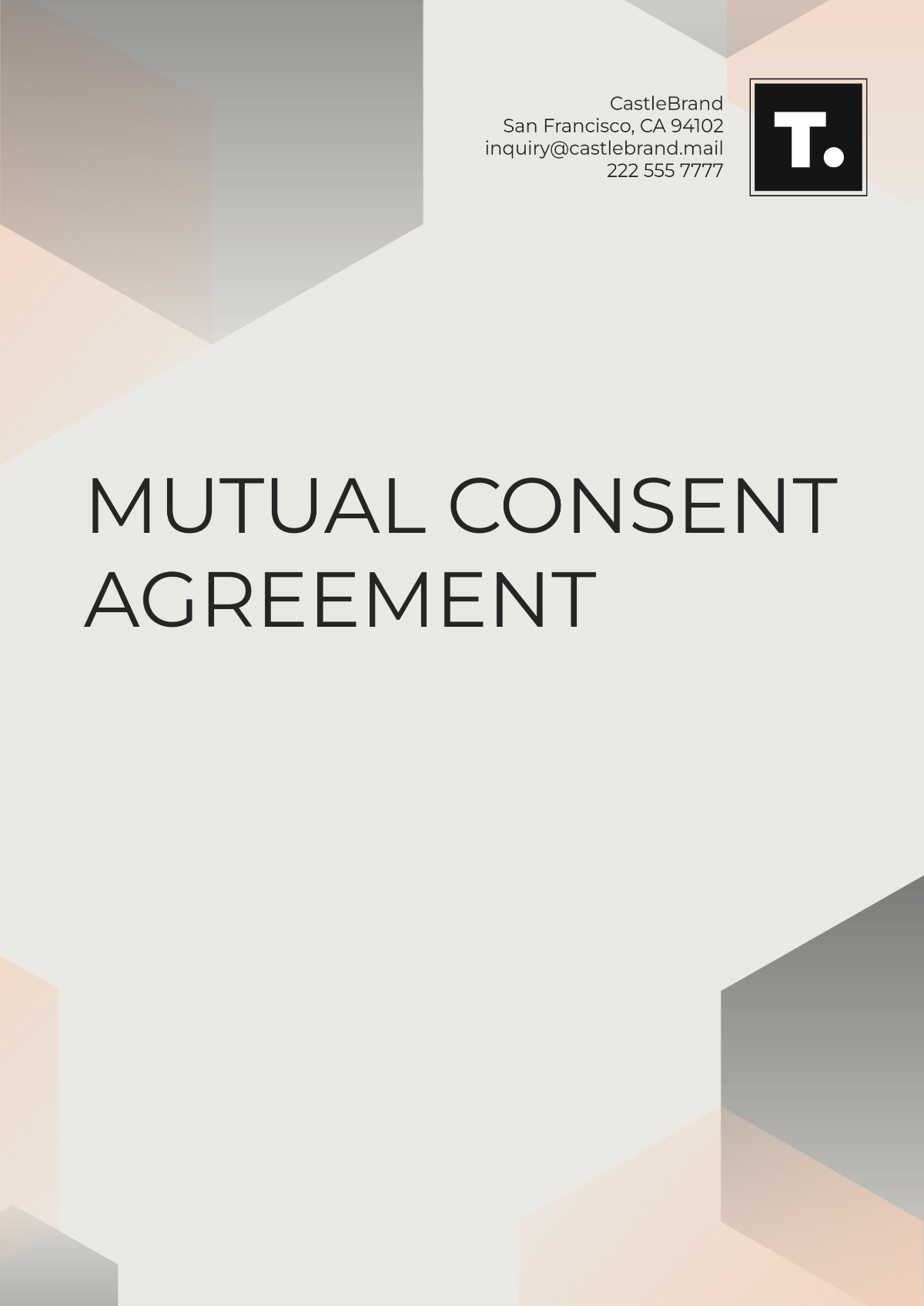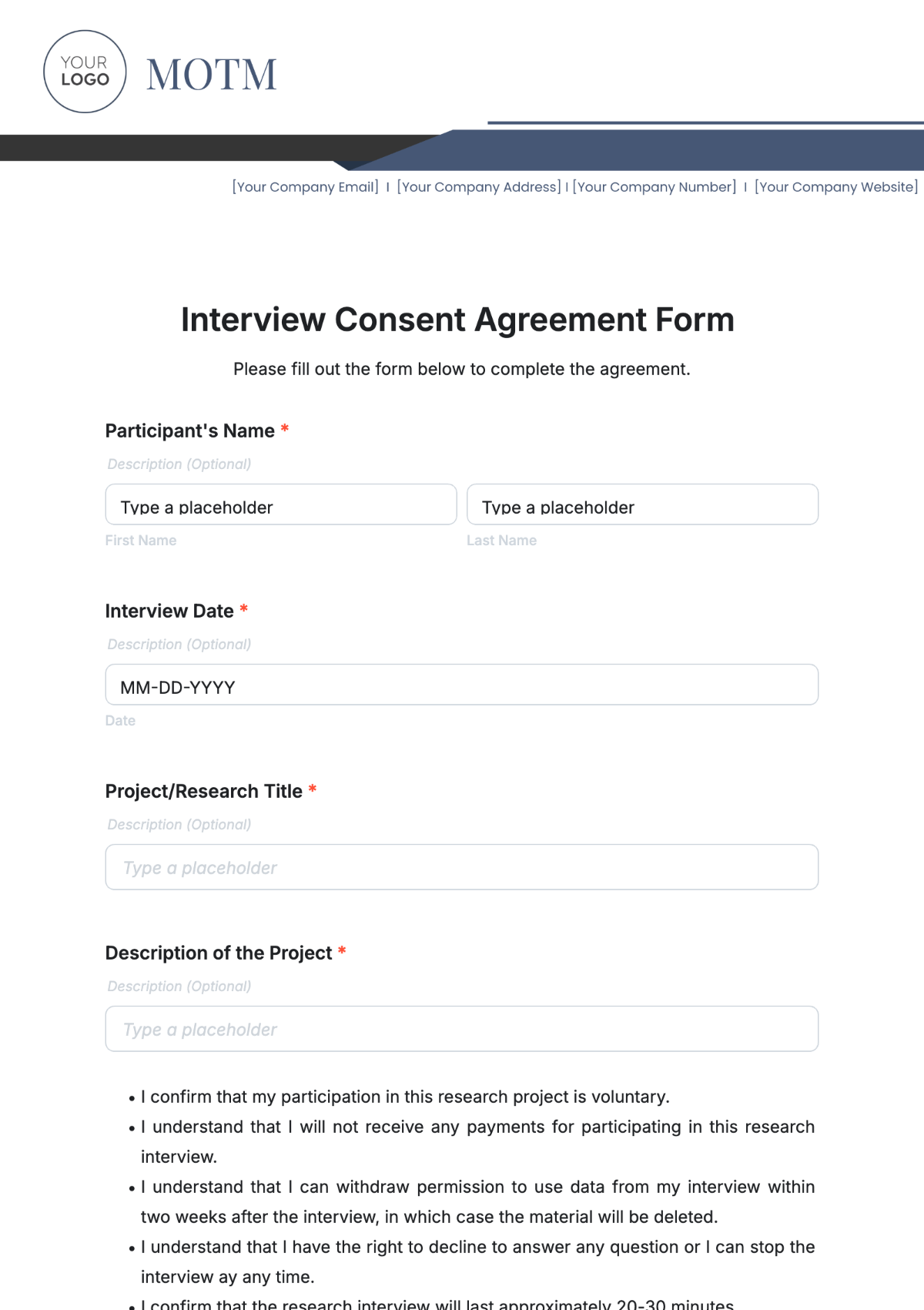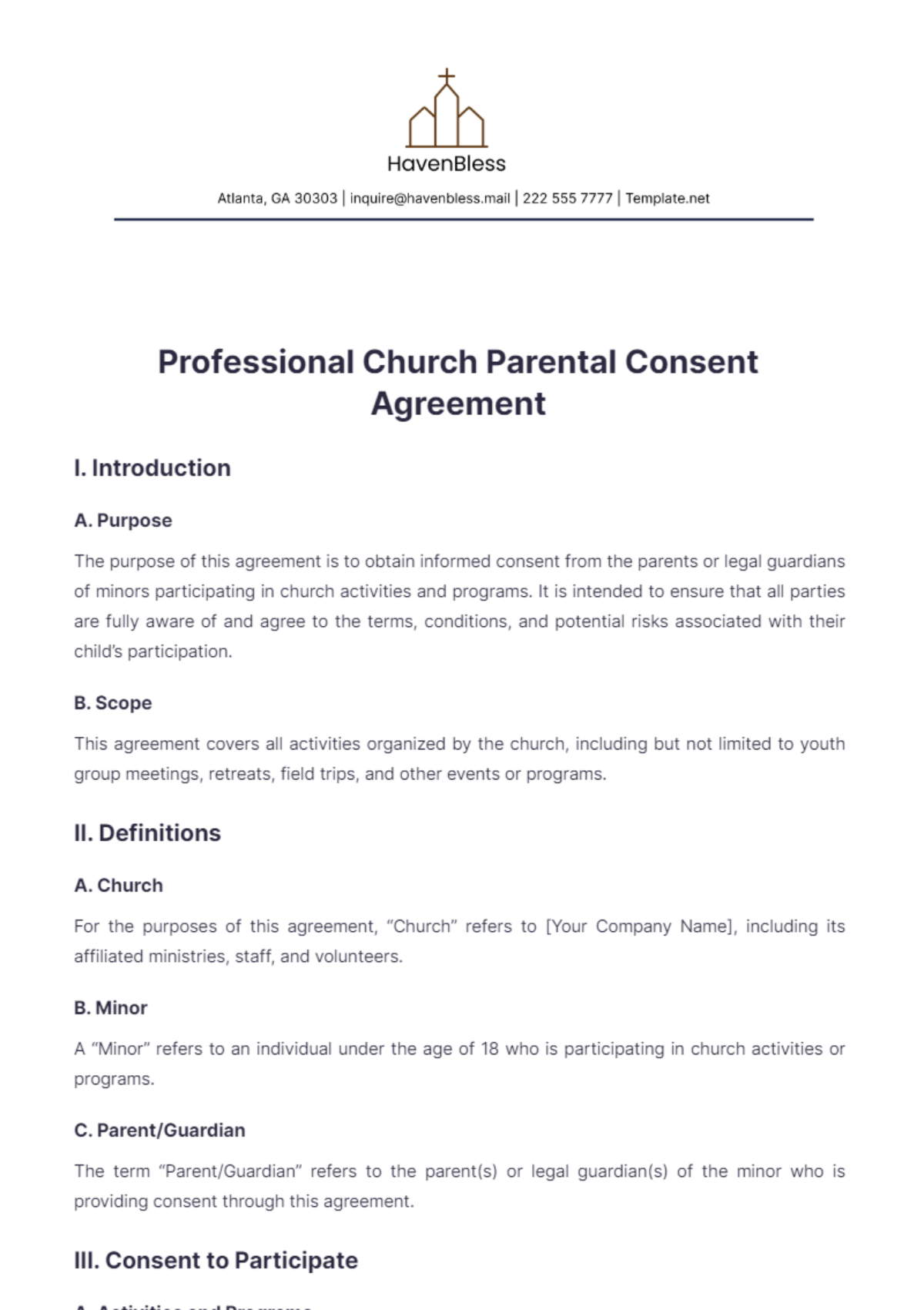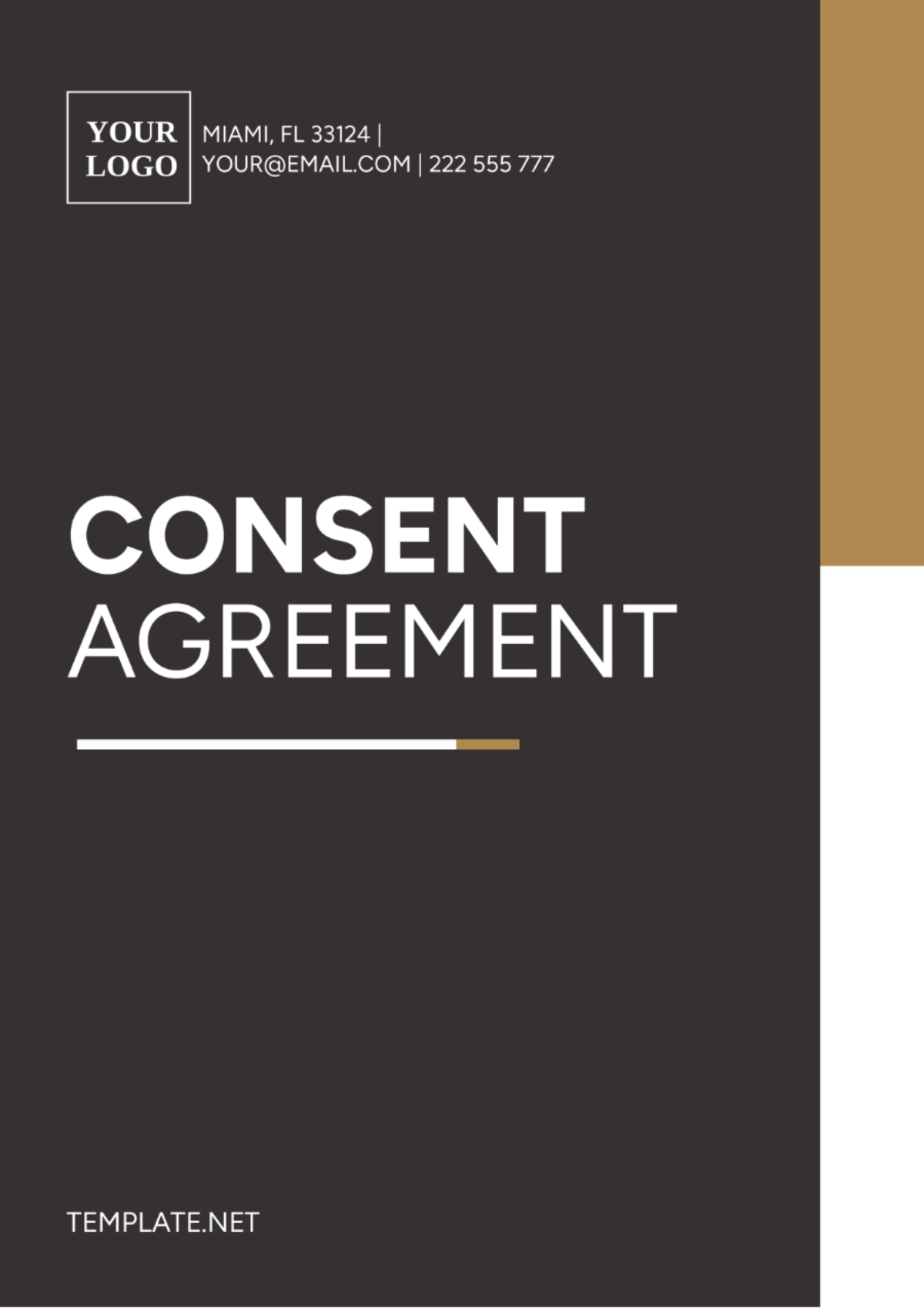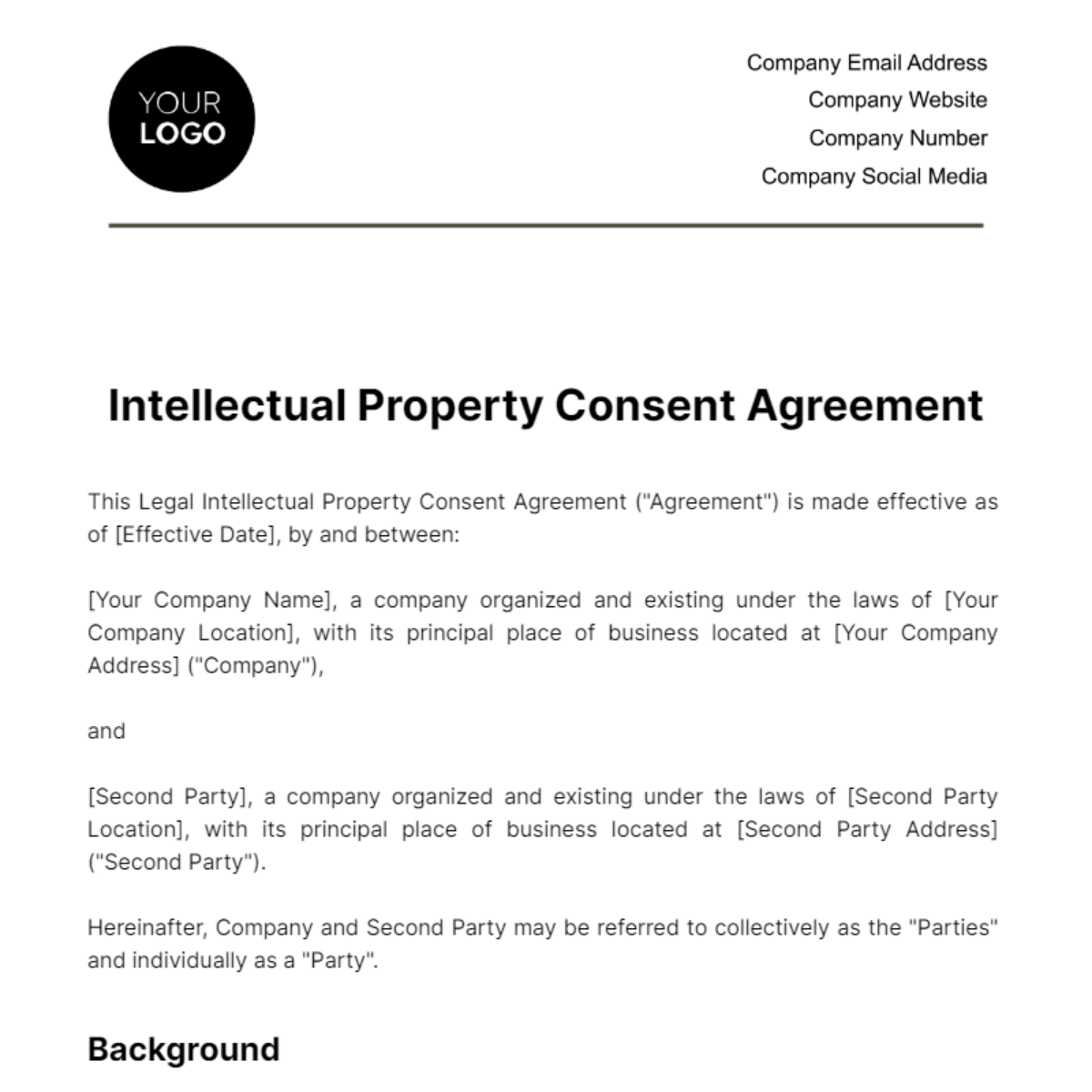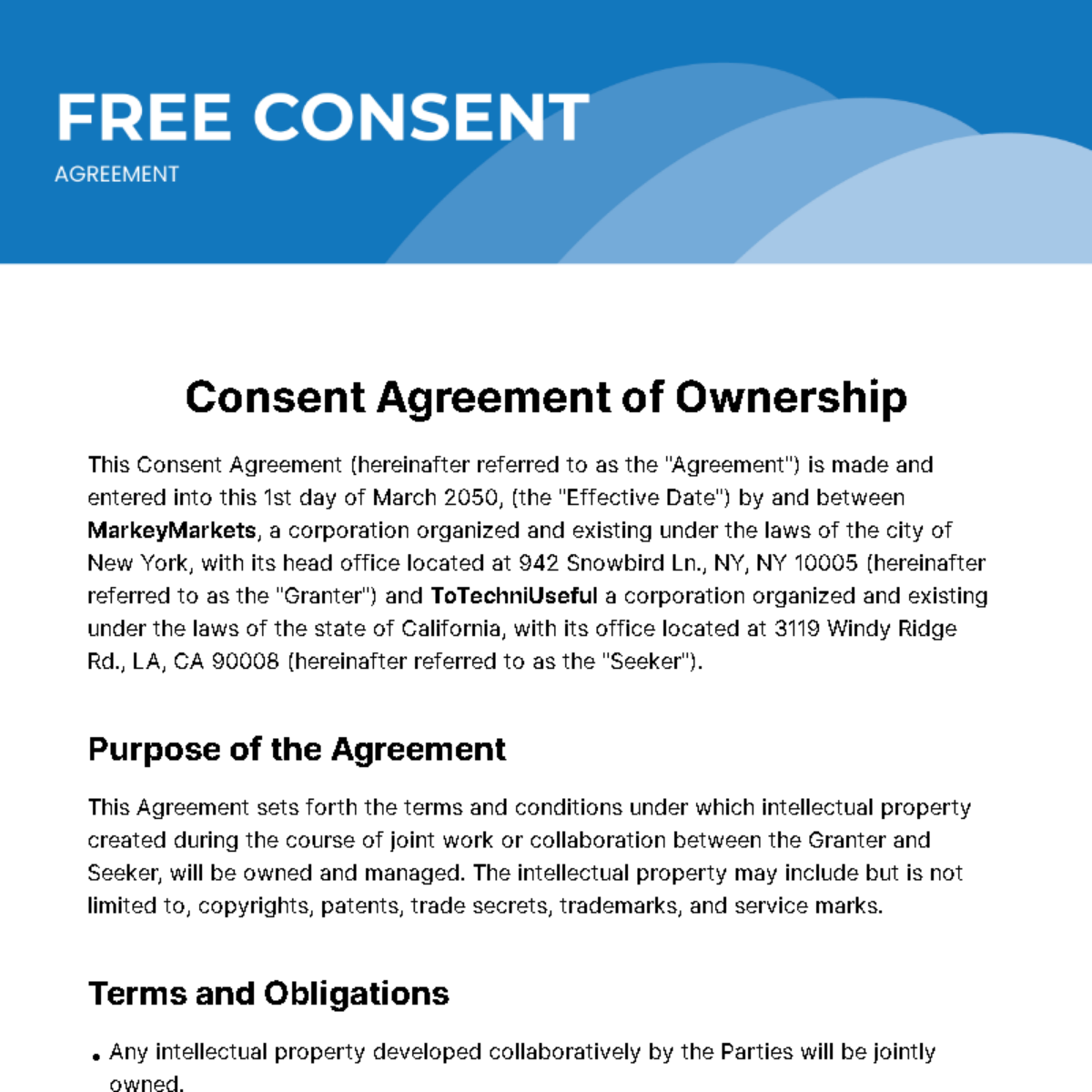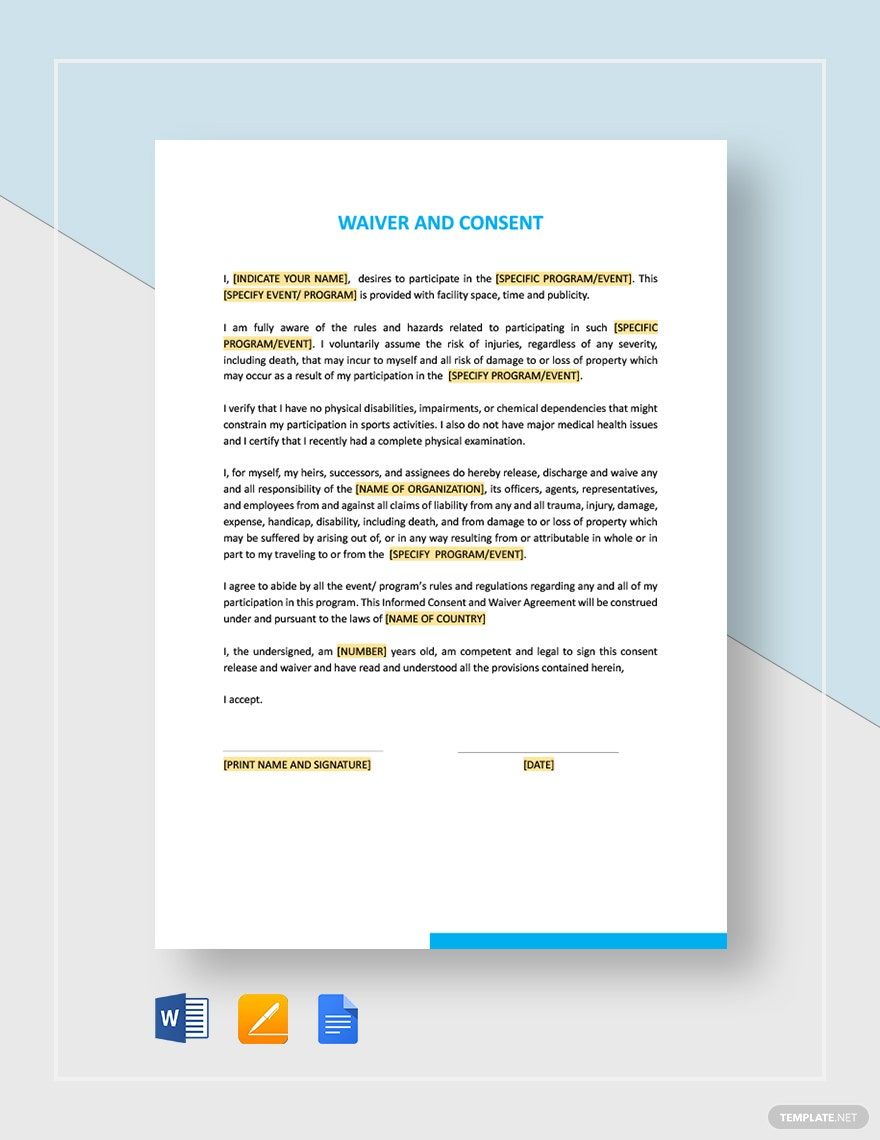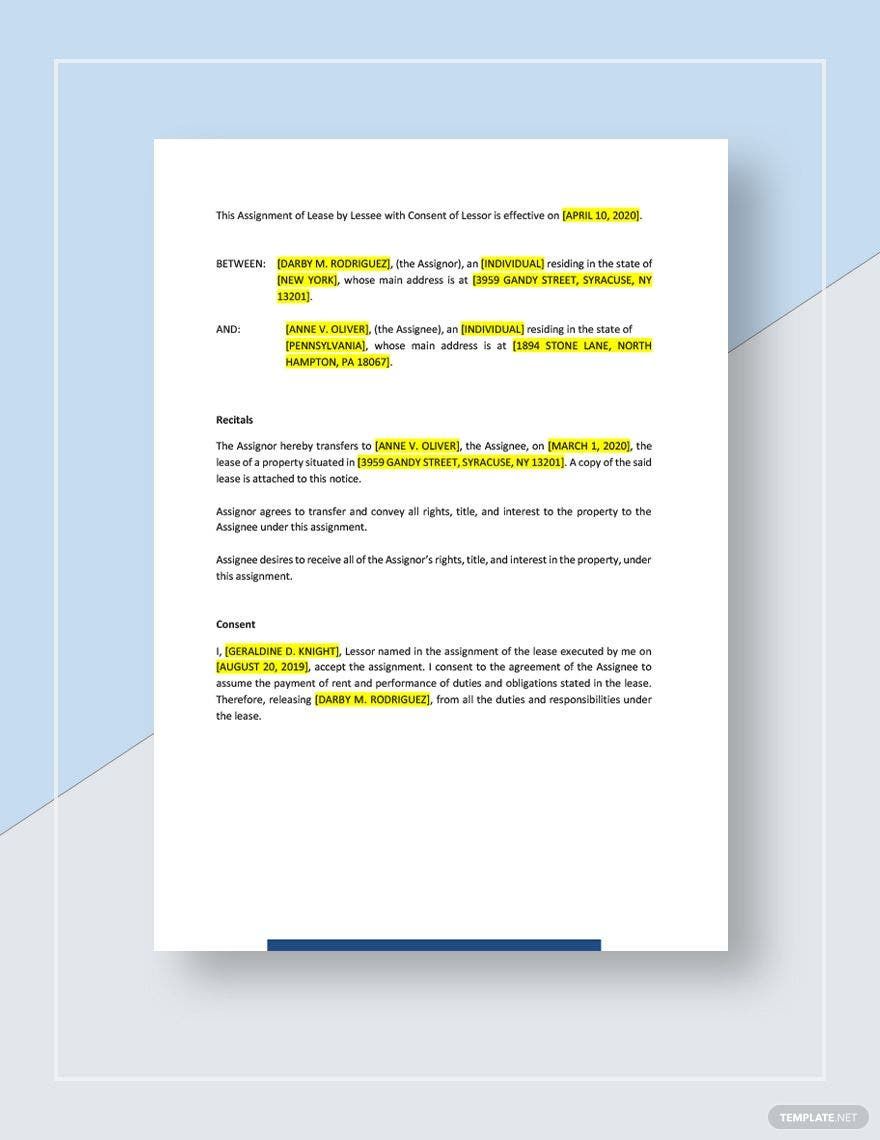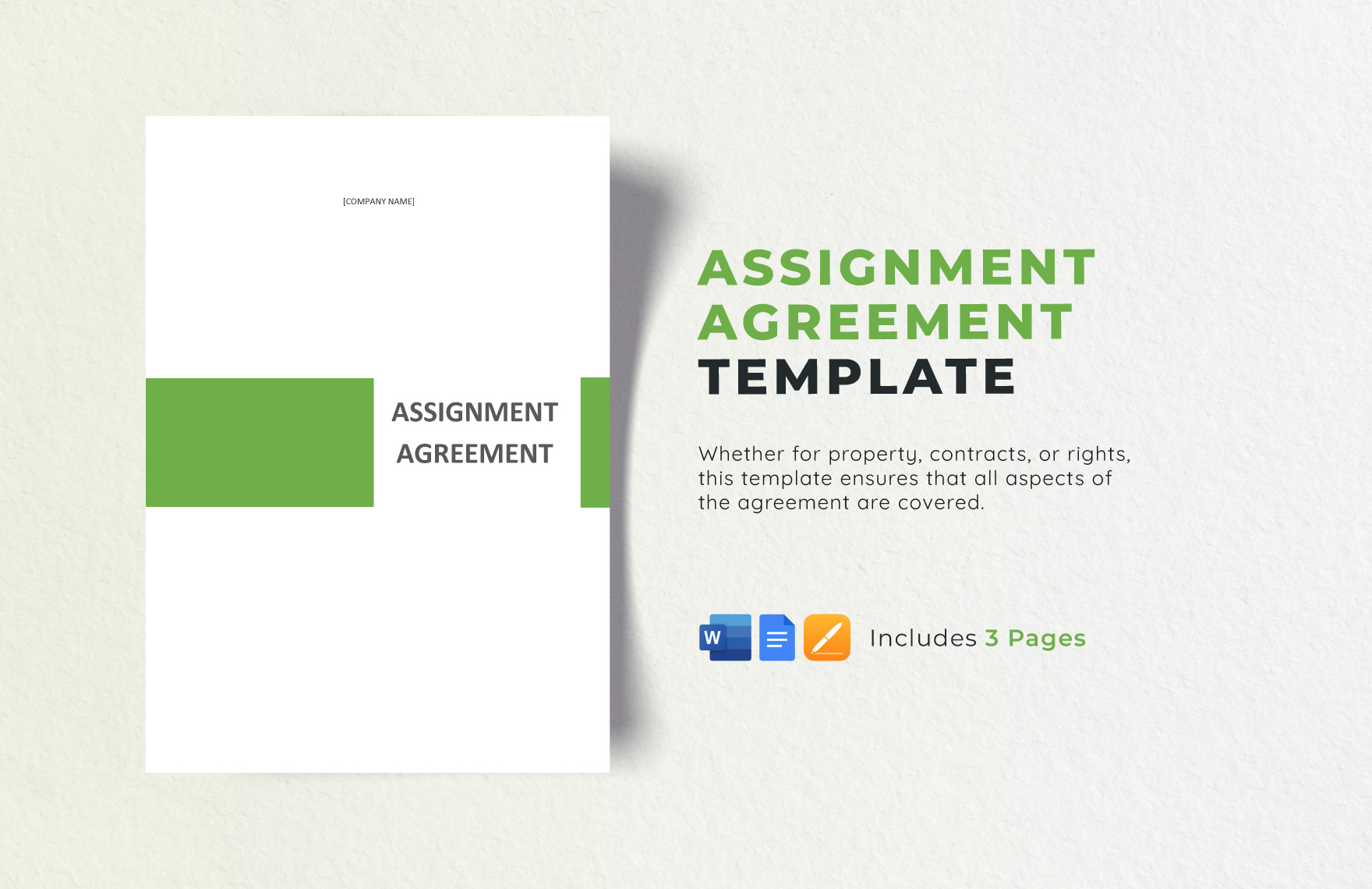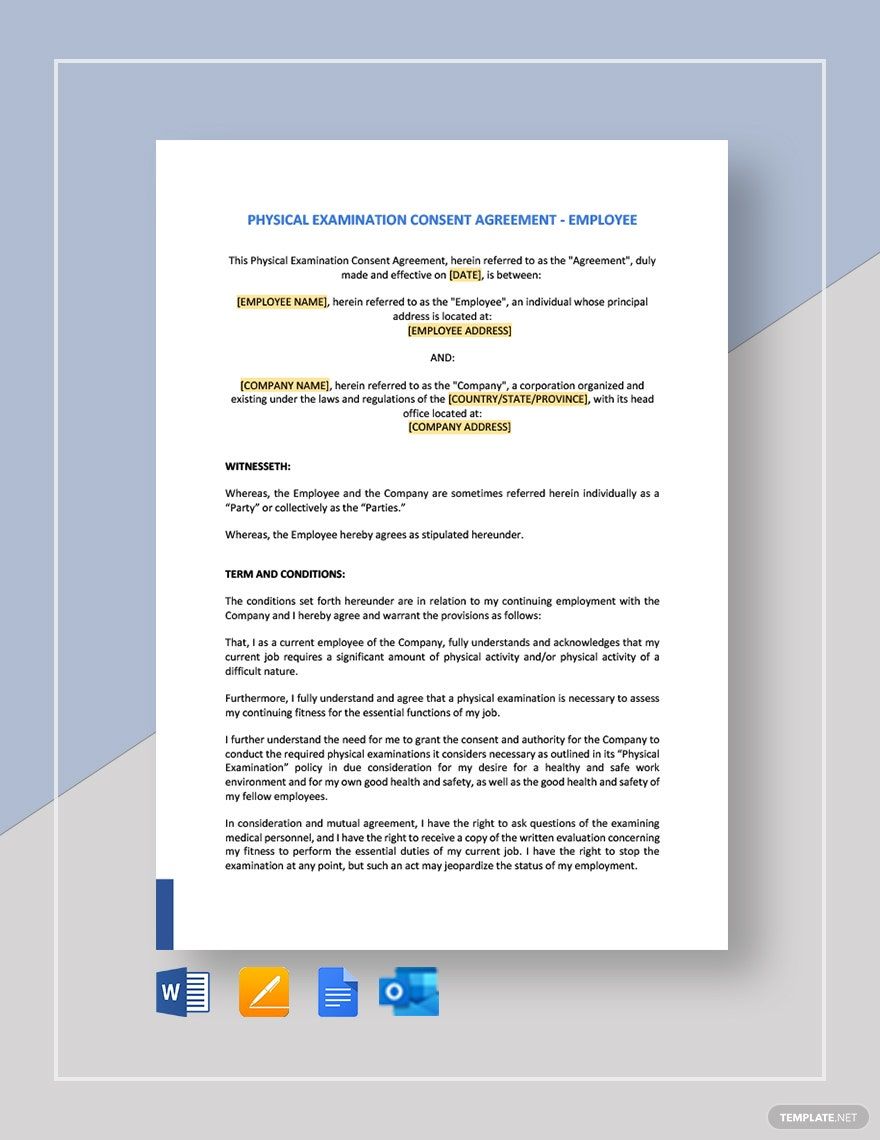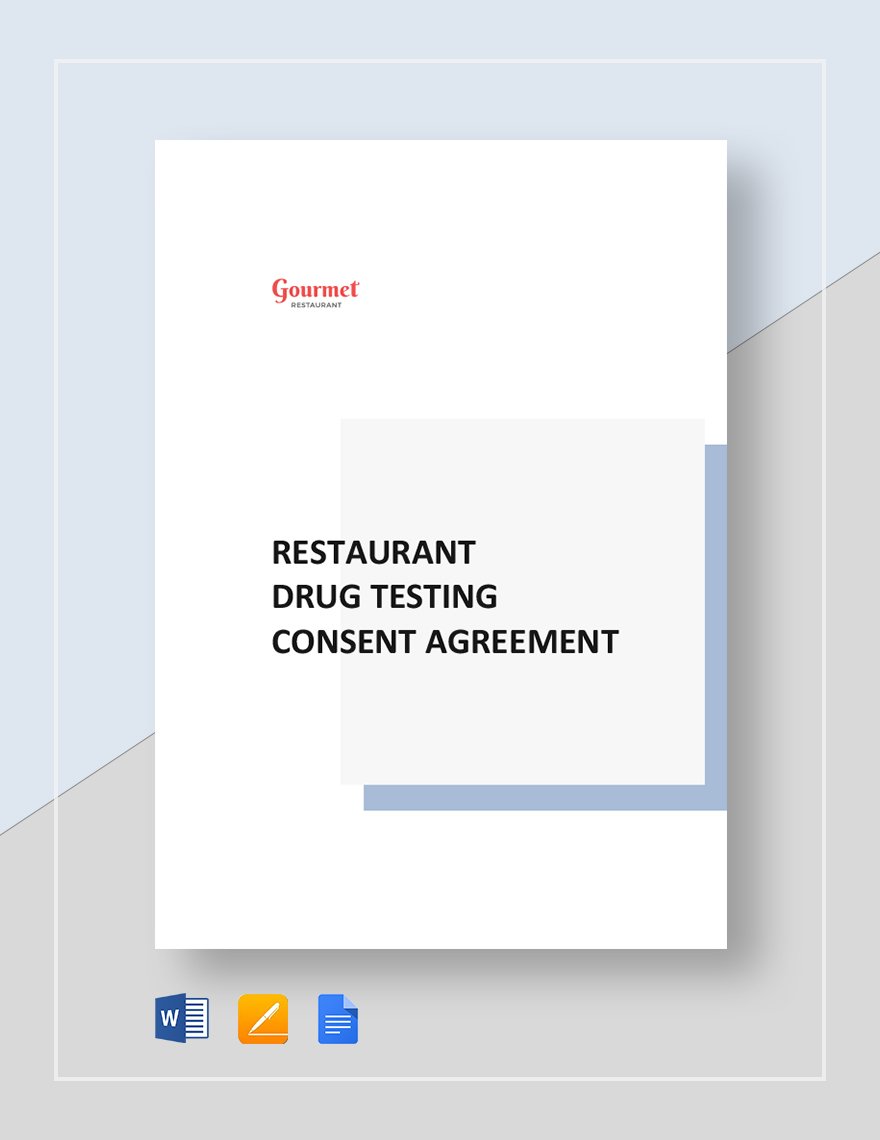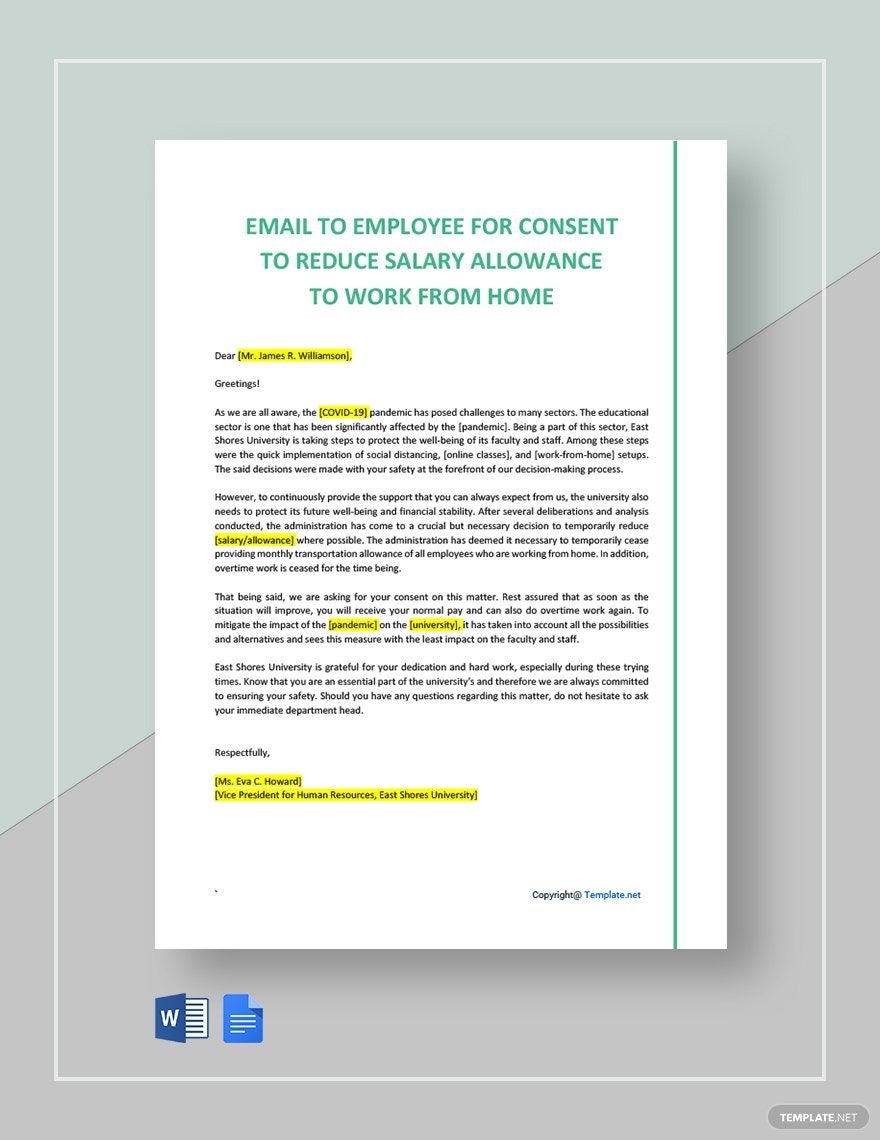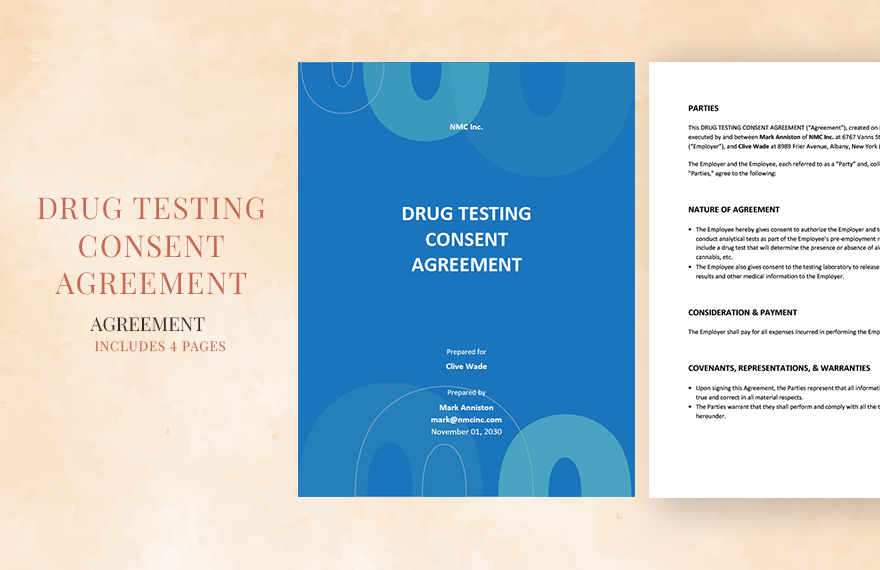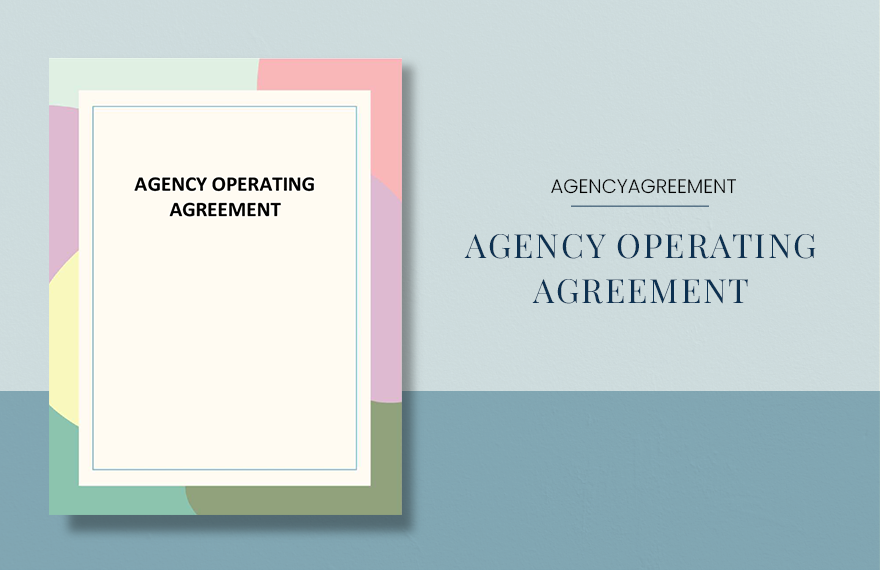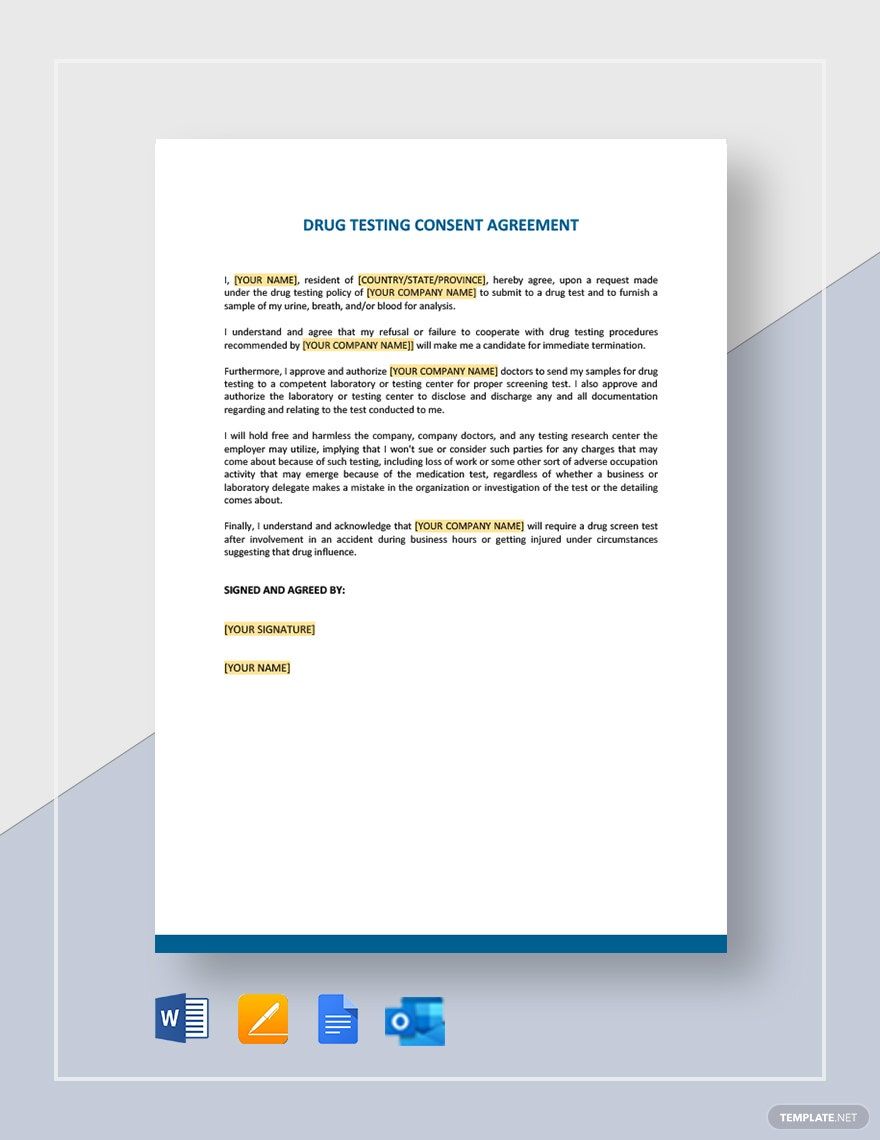Bring Your Business Agreements to Life with Consent Agreement Templates from Template.net
Keep your business transactions seamless and professional with Consent Agreement Templates from Template.net. Ideal for legal professionals and businesses that need to maintain clarity and precision in their consent agreements, our templates allow you to keep your clients or partners engaged, ensure legal compliance, and enhance understanding. Whether you're drafting a new consent form for a client meeting or presenting a clear agreement for a partnership, our templates provide the perfect solution. Each template includes key details such as time frames, contact information, and terms and conditions, ensuring all critical information is conveyed effectively. Designed for ease of use, they require no prior design skills—just professional?grade layout ready to be customized as needed to save you time and enhance your productivity. With options for both digital and print distribution, you can effortlessly adapt them to fit your specific needs.
Discover the many Consent Agreement Templates we have on hand to simplify your document creation process. Start by selecting a template that suits your needs, then effortlessly swap in your unique assets and tweak colors or fonts to match your branding. Dragging and dropping icons or graphics enables you to add your personal touch, while our advanced AI?powered text tools ensure your content is perfectly tailored. Coupled with regular updates and new designs added weekly, our library ensures that the possibilities for creativity are endless without requiring any additional skills. Once your template is complete, you can easily download or share it via link, print, or email, ensuring your agreements are accessible on multiple channels or allowing for seamless, real-time collaboration.

